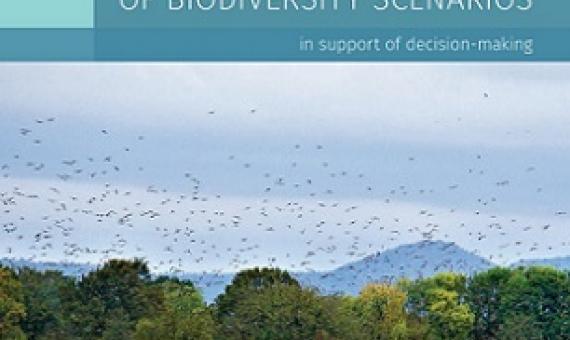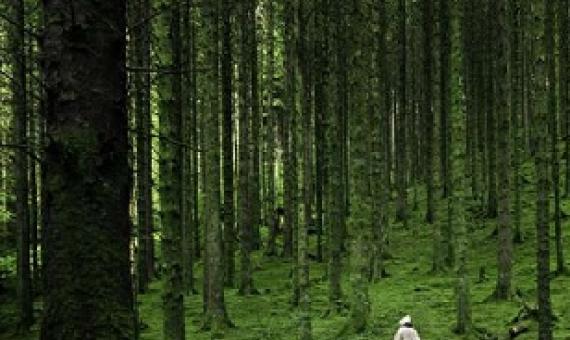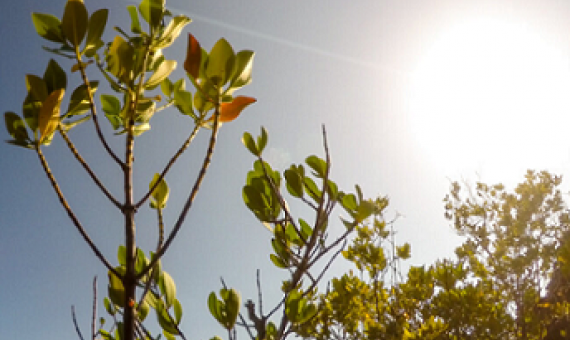This handbook is intended for any individual interested to learn about biodiversity scenarios, and in particular participatory scenario design and the use of biodiversity scenarios in decision-making.
To calculate the true value of a forest, we need to know how people benefit from it, according to new research published in Nature Sustainability.
Out of the Blue - The Value of Seagrasses to the Environment and to People
Seagrasses are one of the most valuable coastal and marine ecosystems on the planet, providing a range of critical environmental, economic and social benefits. They provide food and livelihoods to hundreds of millions of people, and they support rich biodiversity, with their sediments constituting one of the planet’s most efficient stores of carbon. However coastal development and population growth, rising pollution and climate change, are threatening the survival of this vital ecosystem.
Vertebrates on the brink as indicators of biological annihilation and the sixth mass extinction
The ongoing sixth mass species extinction is the result of the destruction of component populations leading to eventual extirpation of entire species. Populations and species extinctions have severe implications for society through the degradation of ecosystem services. Here we assess the extinction crisis from a different perspective. We examine 29,400 species of terrestrial vertebrates, and determine which are on the brink of extinction because they have fewer than 1,000 individuals. There are 515 species on the brink (1.7% of the evaluated vertebrates).
Ecosystem services for human health in Oceania
The state of ecosystems and the health and well-being of people that depend on them are fundamentally linked. However, these links are often obscured – geographically, as globalised trade separates production of goods and ecosystem services from consumers; across time, as physical and mental impacts accumulate across lifespans; and through the complexity of competing socio-economic and cultural influences. Pervasive societal dualisms like nature-culture, and even social-ecological, fragment thinking and decision-making. Definitions differ across sectors.
Nature Map Explorer provides a set of integrated global maps on biodiversity and ecosystems services, including carbon, based on the best available scientific data.
UN Biodiversity Lab
The UN Biodiversity Lab is an online platform that allows policymakers and other partners to access global data layers, upload and manipulate their own datasets, and query multiple datasets to provide key information on the Aichi Biodiversity Targets and nature-based Sustainable Development Goals.
The Wetland Education and Training (WET) Program at Sydney Olympic Park is offering the following webinar in December.
Hope and doubt for the world’s marine ecosystems
In June 5–9, 2017, during the United Nations (UN) Ocean Conference, 143 governments, signatory parties of the Convention on Biological Diversity (CBD) declared their commitment and strategies to reach several objectives of the Sustainable Development Goal (SDG) 14, which stands to “conserve and sustainably use the oceans, seas and marine resources for sustainable development”.
Global modeling of nature’s contributions to people
The magnitude and pace of global change demand rapid assessment of nature and its contributions to people. We present a fine-scale global modeling of current status and future scenarios for several contributions: water quality regulation, coastal risk reduction, and crop pollination. We find that where people’s needs for nature are now greatest, nature’s ability to meet those needs is declining. Up to 5 billion people face higher water pollution and insufficient pollination for nutrition under future scenarios of land use and climate change, particularly in Africa and South Asia.










